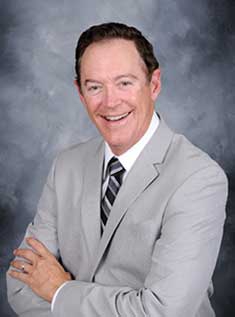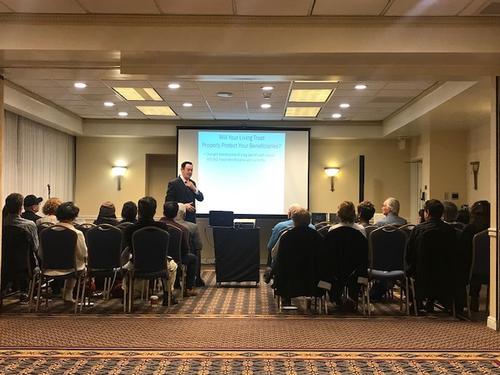Federally-insured reverse mortgages, issued under the Home Equity Conversion Mortgage program, provide older California residents with an opportunity to access significant lines of credit using their property as collateral. While applying for a reverse mortgage can help senior citizens and retirees reinforce their savings, these loans have distinct disadvantages. 
Reverse Mortgages in California
Property owners aged 62 years or older can apply for reverse mortgages, receiving cash or a line of credit equivalent to the market value of their home. Reverse mortgages can—at least on paper—appear highly appealing, especially for cash-strapped retirees.
Any reverse mortgage obtained under the Home Equity Conversion Mortgage program must be insured, and borrowers are required to attend special counseling sessions before receiving approval.
Under most circumstances, reverse mortgages require no minimum monthly loan payments. If the loan is not repaid in full by the time of the borrower’s death, the lender may claim the home for resale or reuse.
The Advantages of a Reverse Mortgage
- It provides additional money for retirement, especially for borrowers who have inadequate cash reserves or insufficient savings.
- It allows the recipient to continue living in their home for the remainder of their natural life.
- It can be obtained even if the house is still subject to a traditional mortgage.
While a reverse mortgage may seem like an appealing solution to common retirement-age challenges, using a home as collateral comes with a certain amount of risk.











